Gynaecology

Gynaecology Diseases
I regularly diagnose and treat various conditions related to women’s reproductive health. It is crucial for girls and women to be aware of their bodies and seek prompt medical attention if they experience any unusual symptoms or changes in their menstrual cycle, vaginal health, or overall reproductive wellbeing. Regular gynaecological check-ups and screenings are also essential in preventing and detecting potential health issues.
Fun Fact:
Dr. Sharifah has more than 25 years of experience managing extensive gynaecological diseases and women’s health issues from simple to complex cases. She is also an accomplished and highly skilled surgeon in performing core and specialized procedures in the obstetrics & gynaecology field, especially in advanced laparoscopic gynecological surgery of various indications.
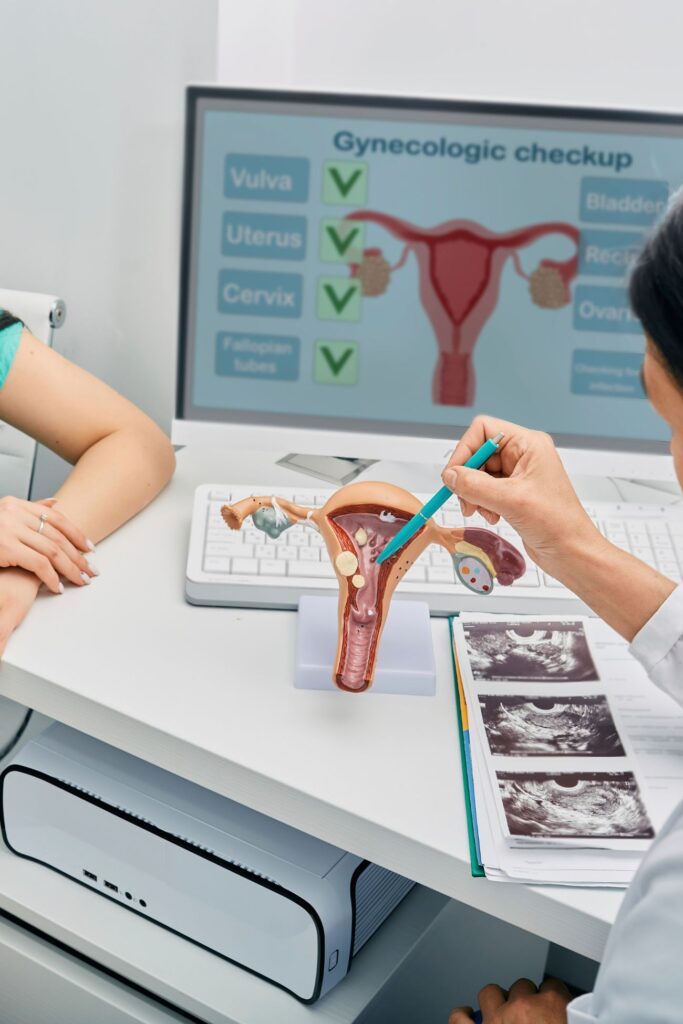
Service
My Gynecological Expertise
Your health is your top priority, and I’m here to support you every step of the way. As a gynaecologist, I understand the unique challenges women face, and I’m dedicated to providing comprehensive, compassionate care for all your reproductive health needs.
Adenomyosis
Adenomyosis is one of the disease spectra or variants of endometriosis. It is called adenomyosis when the endometrium tissue infiltrates the uterus’s muscle layer, causing muscle breakdown, fibrosis formation, and an island of blood cysts within a confined area of the uterus or it might even affect the entire uterus. It causes severe menstrual cramps, heavy and prolonged menstrual bleeding, and even infertility.
Though adenomyosis is considered a benign (not life-threatening) condition, the frequent pain and heavy bleeding associated with it can have a negative impact on a woman’s quality of life. Adenomyosis is a common condition and most often diagnosed in middle-aged women and women who have already had children.
Some studies also suggest that women who have had prior uterine surgery may be at risk for adenomyosis.
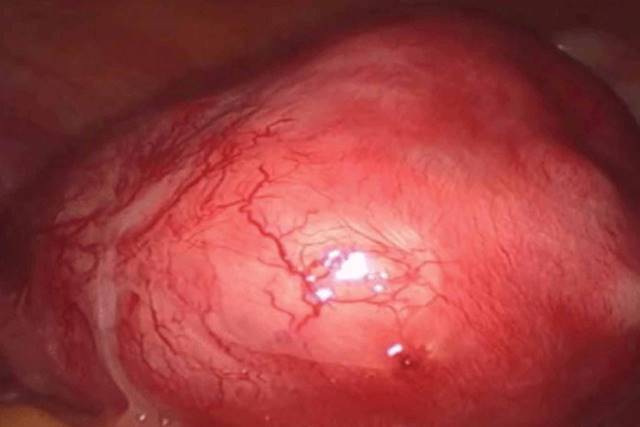
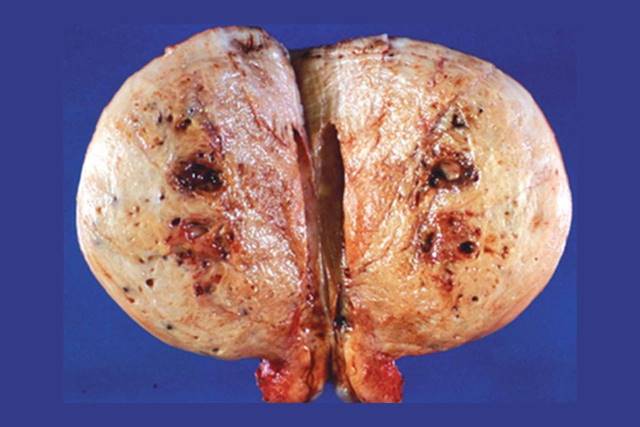
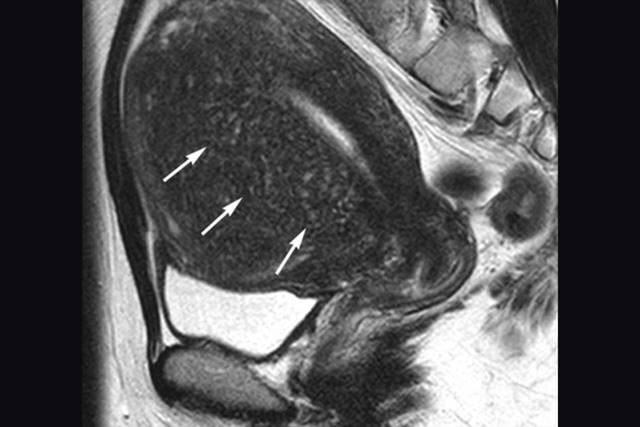
Endometriosis
Endometriosis is a condition where the inner lining of the uterus called endometrium is presence outside the uterine cavity and that bring about chronic irritation which cause pain, infertility and impaired quality of life. It’s often progressively gets worse over the time.
Endometriosis is one of the most common health problems for younger women. It can occur in any teen or woman who has menstrual periods, but it is most common in women in their 30s and 40s. Please make an appointment with your clinic doctor if you have severe period pain and abnormal menstrual bleeding.
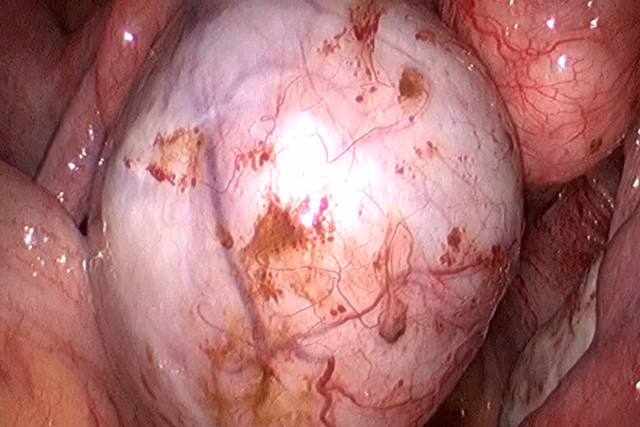
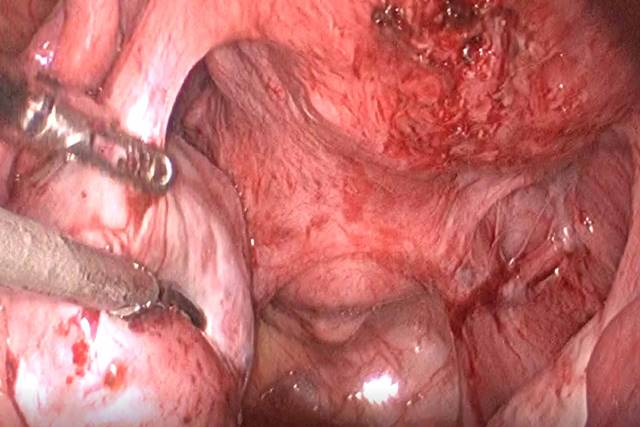
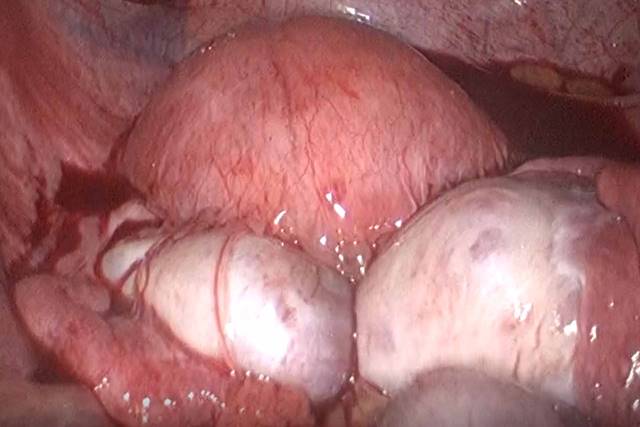
Uterine Fibroid
Fibroids are usually non-cancerous growths commonly found in women during their childbearing years. Common symptoms include heavy or prolonged menstrual bleeding, pelvic pressure or pain, frequent urination, or difficulty emptying your bladder.
Almost about 1 in 4 women between the ages of 30 – 50 years old have fibroids and the majority has no symptoms. However about 20% of women have heavy menstrual bleeding and pressure symptoms due to growing fibroids.
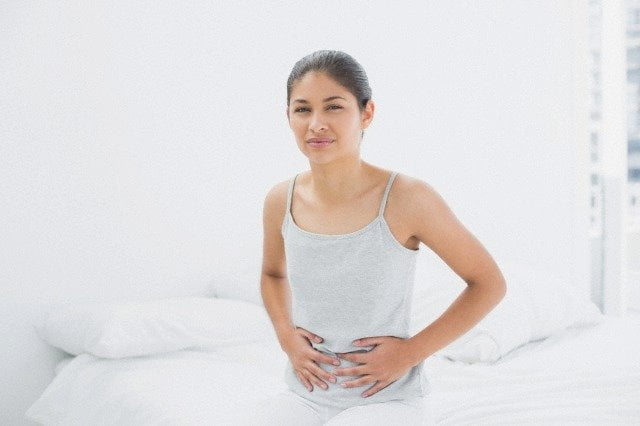
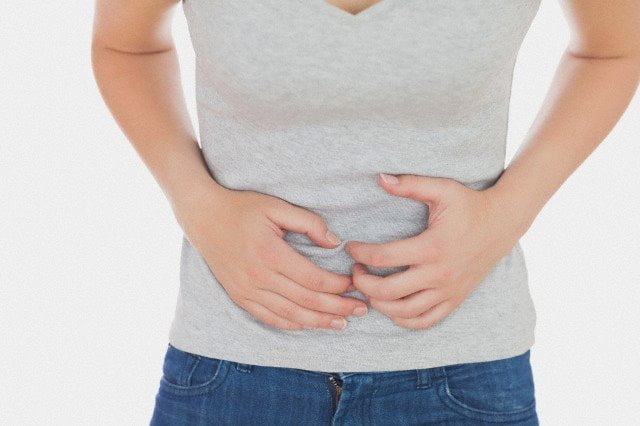

Uterine Fibroid
Fibroids are usually non-cancerous growths commonly found in women during their childbearing years. Common symptoms include heavy or prolonged menstrual bleeding, pelvic pressure or pain, frequent urination, or difficulty emptying your bladder.
Almost about 1 in 4 women between the ages of 30 – 50 years old have fibroids and the majority has no symptoms. However about 20% of women have heavy menstrual bleeding and pressure symptoms due to growing fibroids.



Ovarian Cysts
A cyst is a fluid-filled sac. They can form anywhere in the body. Ovarian cysts form in or on the ovaries. The most common type of ovarian cyst is a functional cyst.
Functional cysts often form during the menstrual cycle. The two types are:
Follicle cysts.
These cysts form when the sac doesn’t break open to release the egg. Then the sac keeps growing. This type of cyst most often goes away in 1 to 3 months.
Corpus luteum cysts.
These cysts form if the sac doesn’t dissolve. Instead, the sac seals off after the egg is released. Then fluid builds up inside. Most of these cysts go away after a few weeks. They can grow to almost 4 inches. They may bleed or twist the ovary and cause pain. They are rarely cancerous. Some drugs used to cause ovulation, such as Clomid® can raise the risk of getting these cysts.
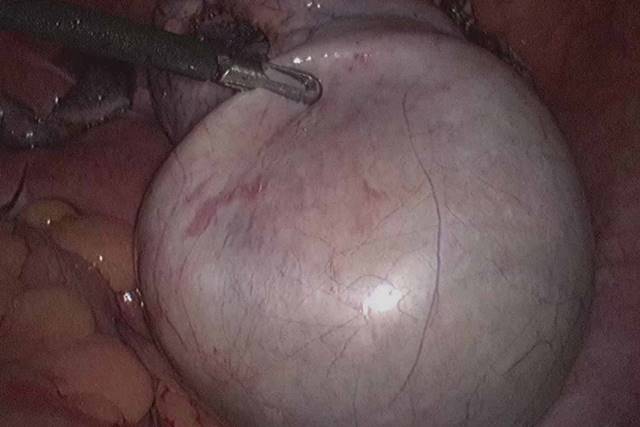
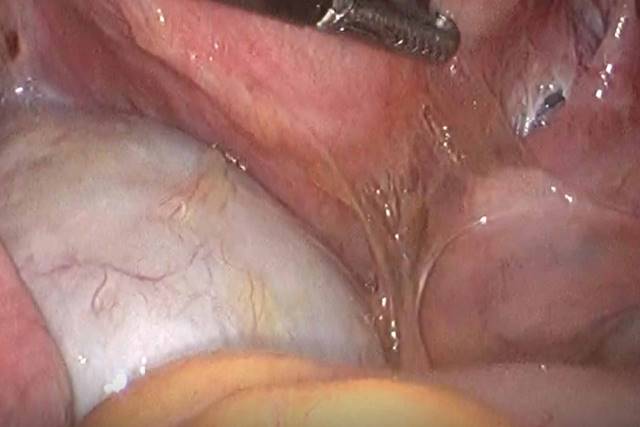
Polycystic Ovary Syndrome (PCOS)
Polycystic ovary syndrome (PCOS) is a common endocrine and hormonal disorder among women of reproductive age. Studies shows about 1 in 10-15 women (5-6%) women in reproductive age are affected by PCOS. It may begin as early as in the teenage years, soon after the 1st period or it can also manifest much later.
PCOS is a condition that is often dubbed as a ‘hormonal imbalance problem’ that causes obesity. It is in fact a serious hormonal disorder that if not treated and control, may result in infertility, cancer of the uterus and cardiovascular disease later on.
What are the symptoms and signs of PCOS?
- Irregular and scanty period (less than 8 x per year)
- Increased facial hair, acne and oily skin
- Polycystic ovaries on ultrasound
- Unable to conceive (infertility)
- Metabolic syndrome
- Obesity

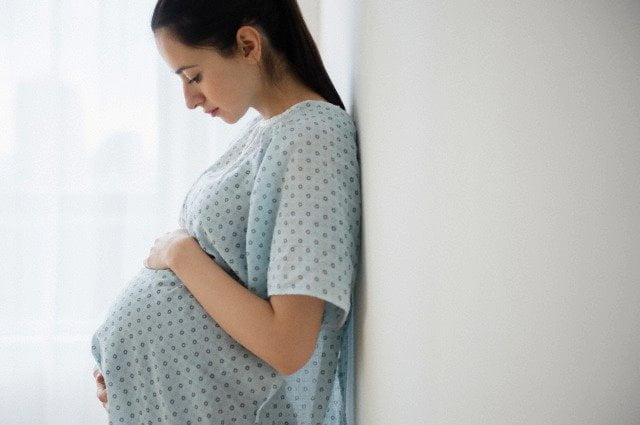

Abnormal Uterine Bleeding
Abnormal menstruation is simply means the menstruation that does not follow the order or normal menstrual cycle and may spell a symptom of disease affecting women’s reproductive system. There are many conditions of abnormal menstruation and it is often referred to using specific medical term as per following:
Menorrhagia – heavy menstrual bleeding every month. If it is not corrected it commonly cause chronic iron deficiency anaemia in women
Dysmenorrhoea – severe menstrual pain just before the menstrual begin and usually subsided one or two days after. Most of the time it is physiological but it is often associated with endometriosis and other uterine pathology
Polymenorrhoea – frequent period of more than once a month.
Oligomenorrhoea – scanty period or infrequent period of less than 6 times per year. This is one of the common symptom of polycystic ovarian syndrome in women.
Menometorrhagia haemorhagica – erratic menstrual bleeding and usually very heavy with blood clots and flooding.
Menstrual Calender
It is indeed a good habit to keep record on detail of your period every month on a calendar. Pay attention on the date when the period starts, the pain ─ how severe and how long it last, and the menstrual flow─how heavy it is. Keeping menstrual calendar helps early detection of menstrual abnormality and helps you with pregnancy planning.
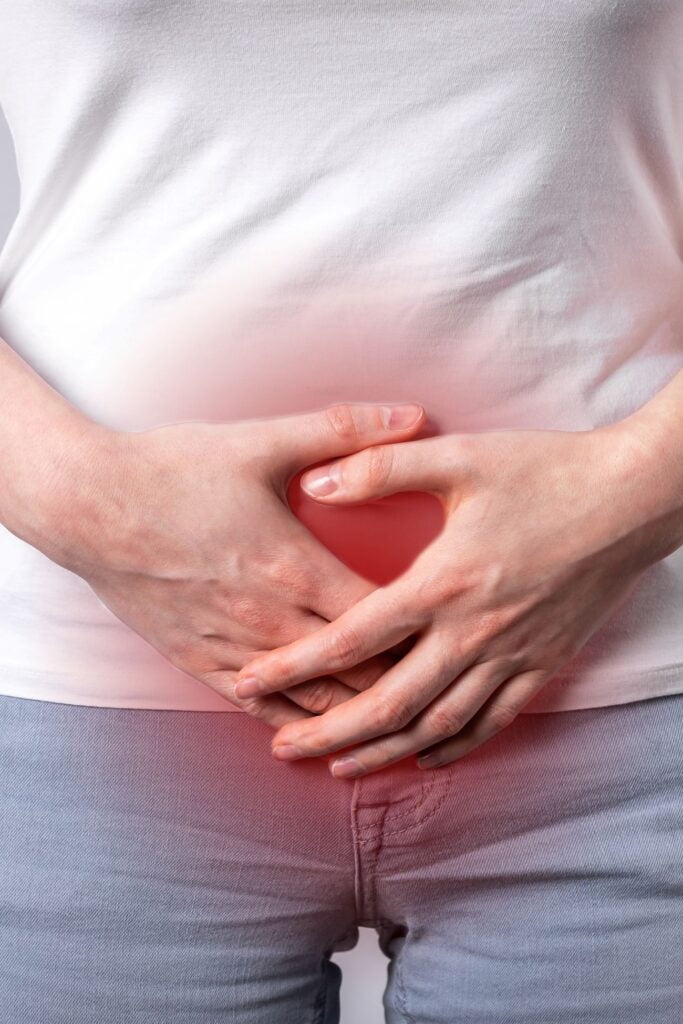
Book Your Slot With Dr. Sharifah
Make an Appointment
Let’s talk! During a personalized consultation, we can discuss your specific needs, explore your options for minimally invasive gynecological surgery, and answer any questions you may have.
